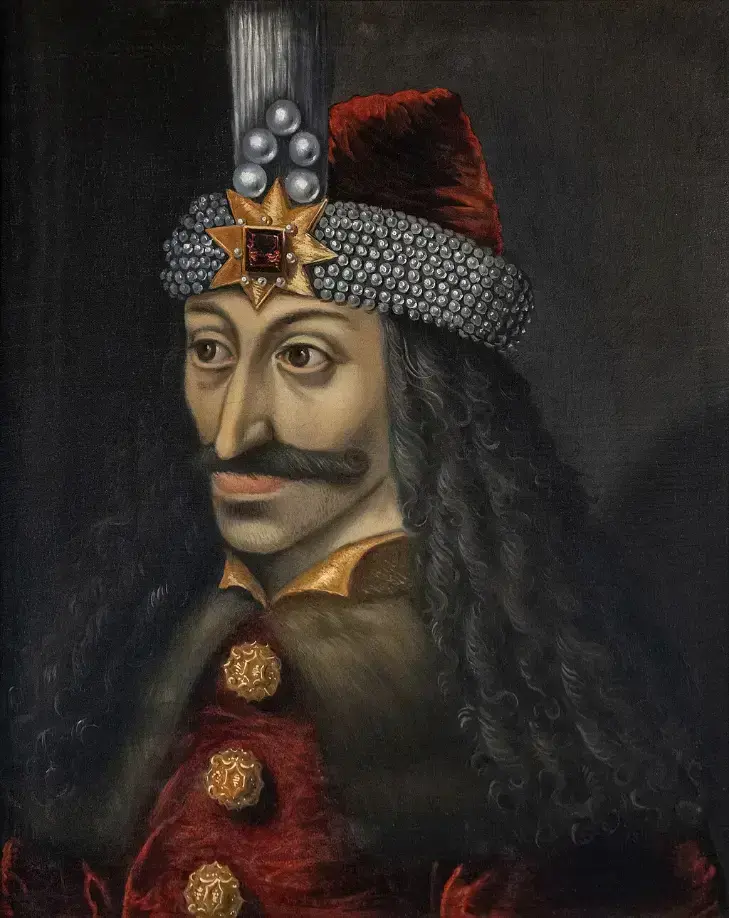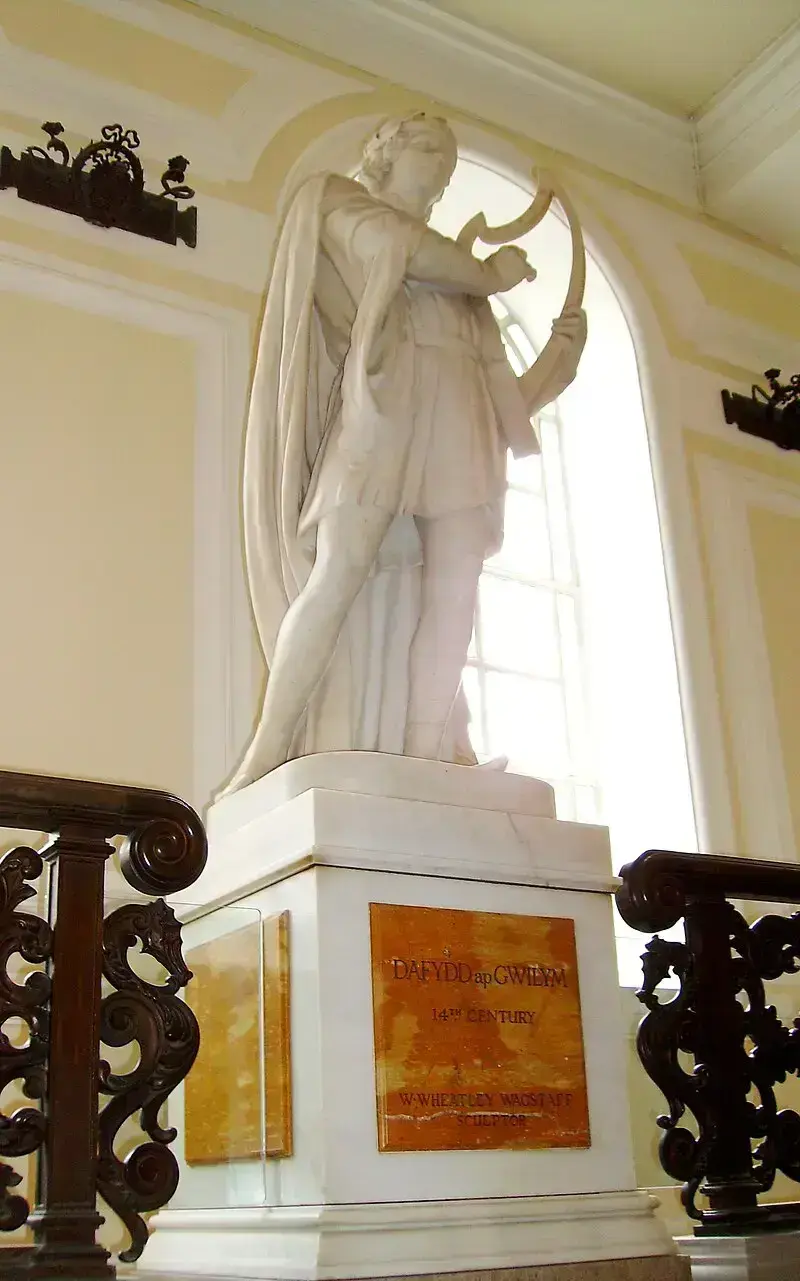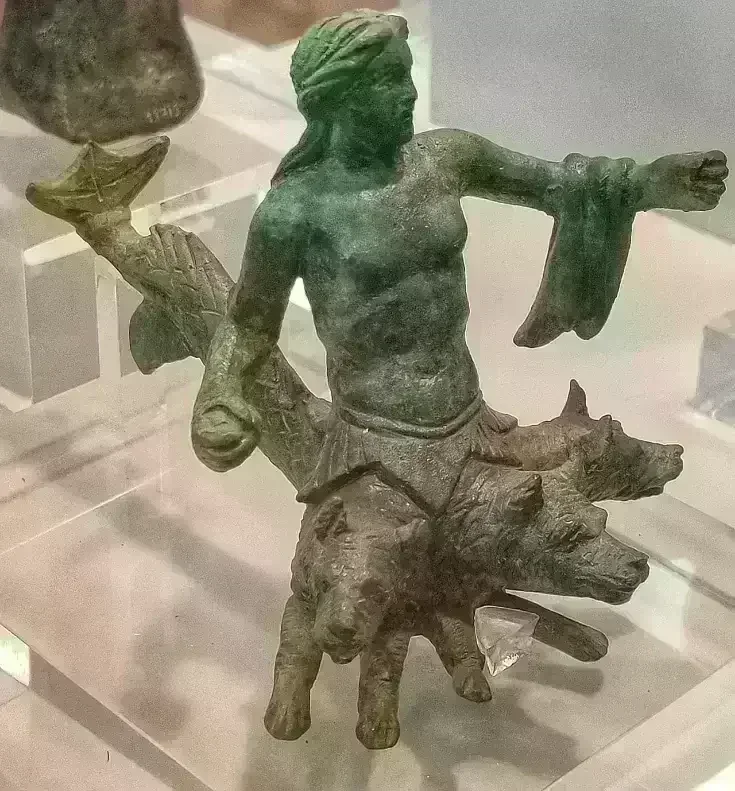Vlad the Impaler

Vlad III, commonly known as Vlad the Impaler (Romanian: Vlad Țepeș [ˈvlad ˈtsepeʃ]) or Vlad Dracula (Romanian: Vlad Drăculea [ˈdrəkule̯a]; 1428/31 – 1476/77), ruled as Voivode of Wallachia three times between 1448 and his death. He is widely regarded as one of the most significant rulers in Wallachian history and a Romanian national hero.
Born as the second son of Vlad Dracul (who became Wallachia's ruler in 1436), young Vlad and his younger brother Radu were held hostage in the Ottoman Empire from 1442 to ensure their father's loyalty. Tragedy struck in 1447 when Vlad's father and eldest brother Mircea were murdered during an invasion by John Hunyadi, regent-governor of Hungary, who installed Vlad's second cousin Vladislav II as voivode. When Hunyadi campaigned against the Ottomans in autumn 1448, Vlad seized the opportunity to invade Wallachia with Ottoman support, but Vladislav's return forced Vlad to retreat back to Ottoman territory before year's end. Vlad then sought refuge in Moldavia around 1449-1450 before moving to Hungary.
As Hungarian-Wallachian relations deteriorated, Vlad invaded Wallachia with Hungarian backing in 1456, defeating and killing Vladislav. To consolidate power, Vlad initiated a purge of Wallachian boyars and clashed with Transylvanian Saxons who supported his rivals—Vladislav's brothers Dan and Basarab Laiotă, and Vlad's own illegitimate half-brother, Vlad Călugărul. His notorious impalement of captured Saxons earned him his enduring epithet, though peace was restored by 1460.
When Ottoman Sultan Mehmed II demanded personal homage, Vlad responded by impaling the Sultan's envoys. In February 1462, he launched a devastating attack on Ottoman territory, killing tens of thousands of Turks and Muslim Bulgarians. Mehmed's retaliatory campaign aimed to replace Vlad with his brother Radu. Despite Vlad's bold night raid on Târgoviște to capture the Sultan on June 16-17, 1462, the Ottoman forces withdrew while increasing numbers of Wallachians defected to Radu. Seeking Hungarian assistance, Vlad approached King Matthias Corvinus in late 1462, but instead found himself imprisoned.
Vlad remained captive at Visegrád from 1463 to 1475, during which time stories of his cruelty spread throughout Germany and Italy. Released at the request of Stephen III of Moldavia in 1475, he fought alongside Corvinus against Ottoman forces in Bosnia in early 1476. With Hungarian and Moldavian support, Vlad briefly reclaimed his throne from Basarab Laiotă (who had previously overthrown Vlad's brother Radu), but Basarab soon returned with Ottoman backing. Vlad died in battle before January 10, 1477.
Books detailing Vlad's brutal acts became early bestsellers in German-speaking territories. Russian folklore portrayed his cruelty as necessary for strengthening central authority—a view later adopted by many 19th-century Romanian historians. His patronymic "Dracula" would eventually inspire the name of Bram Stoker's legendary vampire.


